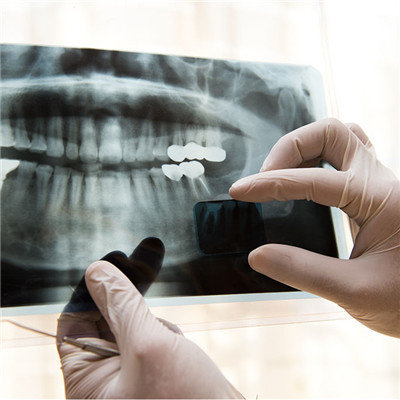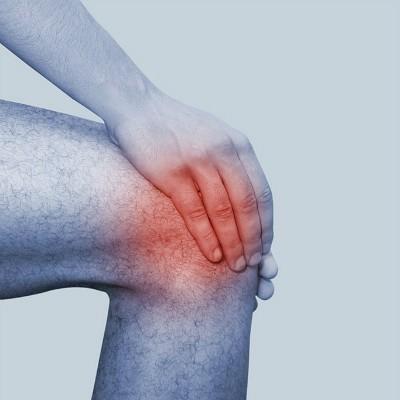The symptom of alveolitis after tooth extraction?
summary
Alveolar bone: refers to the lower edge of the maxilla, the upper edge of the mandible inlaid root parts. Dry socket is a common manifestation of alveolar osteitis after tooth extraction. What is the symptom of alveolitis after tooth extraction? Now let me talk about it
The symptom of alveolitis after tooth extraction?
Dry socket is another type of acute infection of tooth extraction wound. It is more common in the posterior teeth, especially after the extraction of impacted mandibular third molar. The incidence of dry socket is: mandibular third molar, mandibular first molar, mandibular second molar. Other teeth are rare, and the incidence of anterior teeth is the lowest.

It mainly occurs after the extraction of impacted mandibular wisdom teeth, and is a bone wound infection caused by oral bacteria. At present, trauma, infection and large extraction pit are the main causes. Therefore, in order to prevent the occurrence of dry socket, we should try our best to reduce the trauma in the process of tooth extraction. After tooth extraction, we should try our best to reduce the extraction wound. We should compress the buccal and lingual bone plate to make it reset to reduce the wound. We should also close and suture the gingiva. The suture should not be too tight to prevent postoperative swelling; Antibiotics can be used before and after tooth extraction to prevent infection[ Put it away]

Alveolar osteitis is a type of acute infection after tooth extraction. It is common in the posterior teeth, especially after the extraction of impacted mandibular third molars. Under normal circumstances, even if the flap osteotomy extraction operation, the wound pain will gradually disappear after 2-3 days. If there is severe pain 2-3 days after tooth extraction, and the pain radiates to the ear temporal region, the submandibular region or the top of the head, and can not be relieved with general analgesic drugs, then dry socket may occur. Clinical examination showed that the alveolar cavity was empty, or there was putrefaction blood clot, which was gray. The debris covered in the alveolar wall has a bad smell, and the probe can directly touch the bone surface with sharp pain. There is no obvious swelling in maxillofacial region, no obvious limitation in mouth opening, and there may be swelling and tenderness of lymph nodes under the mandible.

matters needing attention
1. To master the correct method of brushing teeth, patients had better brush their teeth three times a day, each time for at least three minutes. 2. After meals, we must gargle, do a good job in oral hygiene is very important











